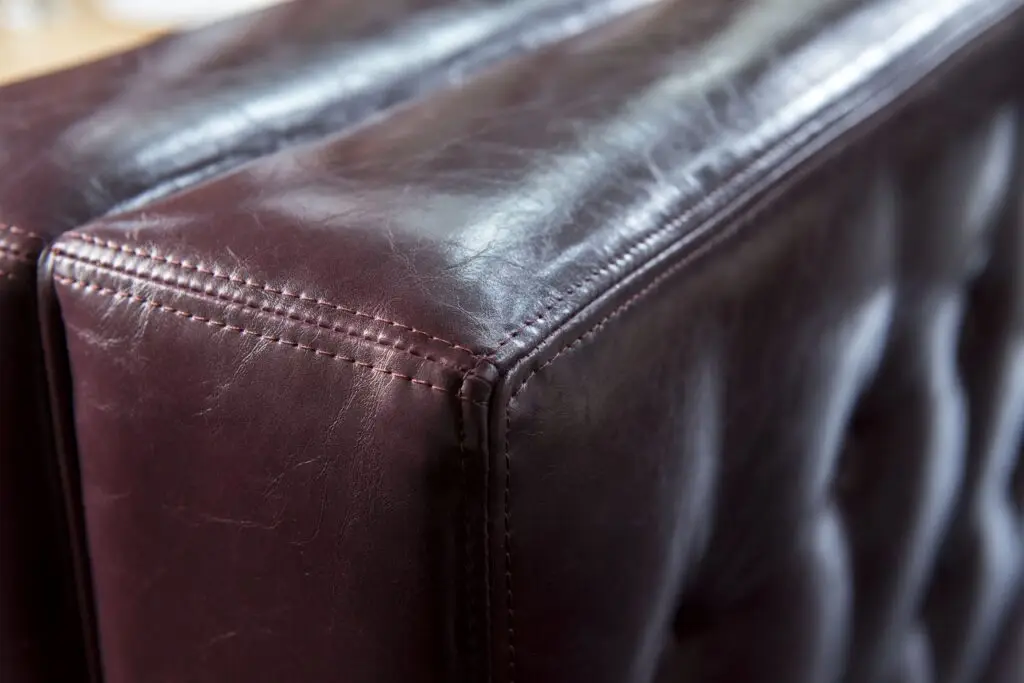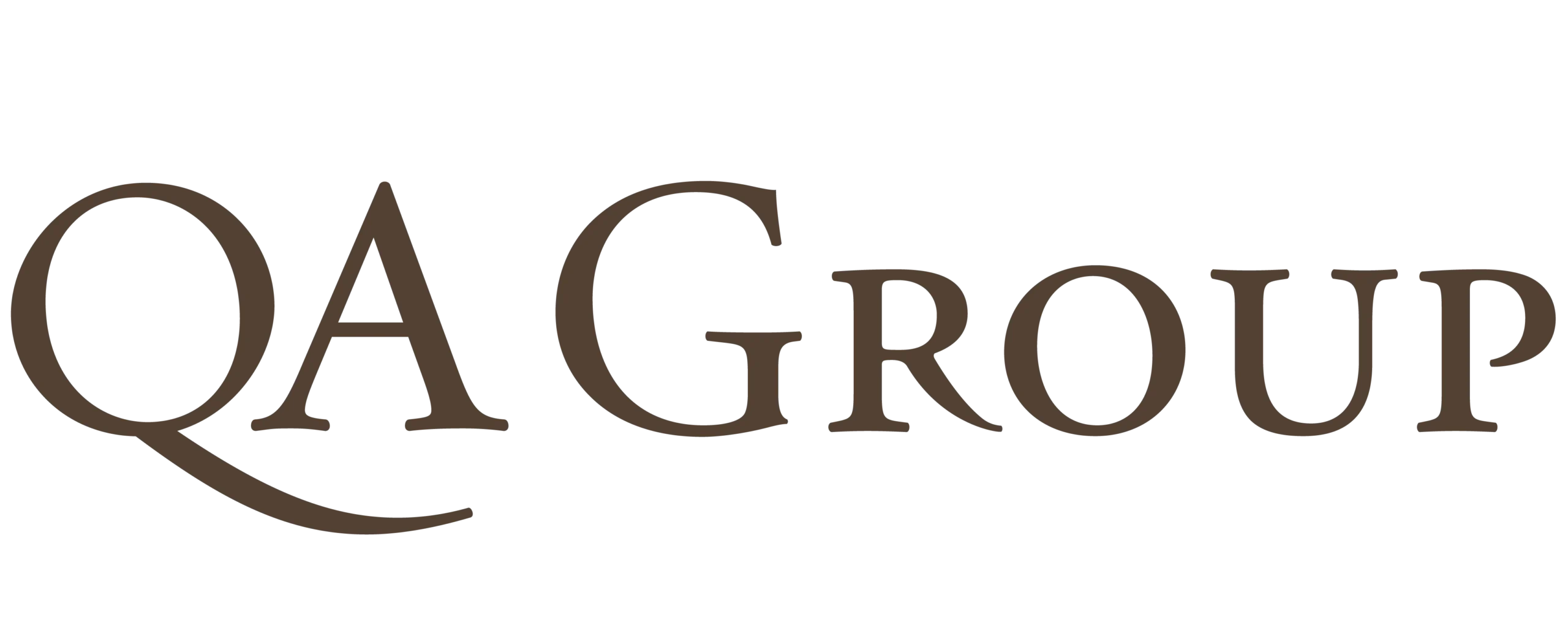When you think about quality, you might just consider if something works well or looks nice. But for companies that produce products like furniture, millwork, and upholstery, quality is a much deeper concept. It’s something they need to measure and manage carefully. This is where the Cost of Quality (COQ) comes in.
The American Society for Quality defines COQ as a way for organizations to see how their resources are used to prevent poor quality, check the quality of products or services, and fix any problems that arise. COQ is divided into four categories: prevention, appraisal, internal failure, and external failure. The first two, prevention and appraisal, are considered the Cost of Good Quality (CoGQ). The last two, internal failure and external failure, are considered the Cost of Poor Quality (CoPQ).

The Cost of Poor Quality (CoPQ)
- Internal Failure Costs: These costs occur when a product fails to meet quality standards before it even leaves the manufacturing facility. This could happen for several reasons, such as using the wrong materials (like fabrics or wood finishes), machine failures due to poor maintenance, inaccurate dimensions, or products getting damaged because they were not stored correctly. Internal failures can also cause delays in product delivery, affecting your project timeline and customer satisfaction.
- External Failure Costs: These costs are the most expensive and happen when defects are found after the customer has received the product or service. This could be due to inadequate packaging during shipping, damage during installation, or defects that were missed during manufacturing. The consequences can be severe, requiring products to be scrapped or returned to the facility for rework. This increases manufacturing costs significantly and can harm the relationship with your customers. People often describe CoPQ as “wasting resources on a losing cause”.

The Cost of Good Quality (CoGQ)
- Prevention Costs: These costs are incurred to reduce defects and failures. Activities designed to prevent problems from occurring, such as setting product specifications and standards (like AWI standards), employee training, and implementing a quality management system, fall into this category. Investing in prevention is generally considered the best use of money when it comes to COQ because it helps avoid problems before they start. At QA Group, we have a dedicated pre-production and project review team that identifies potential issues before they arise. Additionally, we implement a quality control (QC) system to ensure that our products not only meet but exceed expectations.
- Appraisal Costs: These costs are associated with maintaining acceptable quality levels. They include inspecting finished goods, checking received materials, and reviewing and controlling processes. Investing in these activities helps prevent losses by ensuring that products meet quality standards before they reach the customer.

The total cost of quality is the sum of CoPQ and CoGQ. If a company manages to achieve zero defects or zero CoPQ, the total cost of quality would then just be the cost of prevention and appraisal.
Why Is It Better to Invest in CoGQ?
Investing in CoGQ is smarter than dealing with CoPQ. It’s better to prevent a problem than to fix it later. Reducing COQ leads to increased profits and happier customers. At QA Group, we take COQ seriously. We regularly measure it to improve our business and provide a higher standard of work than our competitors. Our customers know that we take pride in delivering excellence in every step of the process.

Why QA Group?
At QA Group, we have been producing quality products since 1936. Our commitment to quality and customer satisfaction has made us a leader in the industry. Whether you’re looking for quality upholstery services or furniture products, we have the experience and expertise to deliver products that meet the highest standards.
Contact Us
If you have a large commercial upholstery project or need quality furniture products, contact QA Group. We can help ensure your project is completed to the highest quality standards, saving you time and money in the long run. Let’s work together to achieve excellence.
By understanding and managing the Cost of Quality, businesses can improve their processes, reduce waste, and ensure customer satisfaction. It’s a vital part of producing high-quality products and maintaining a strong reputation in the industry.
